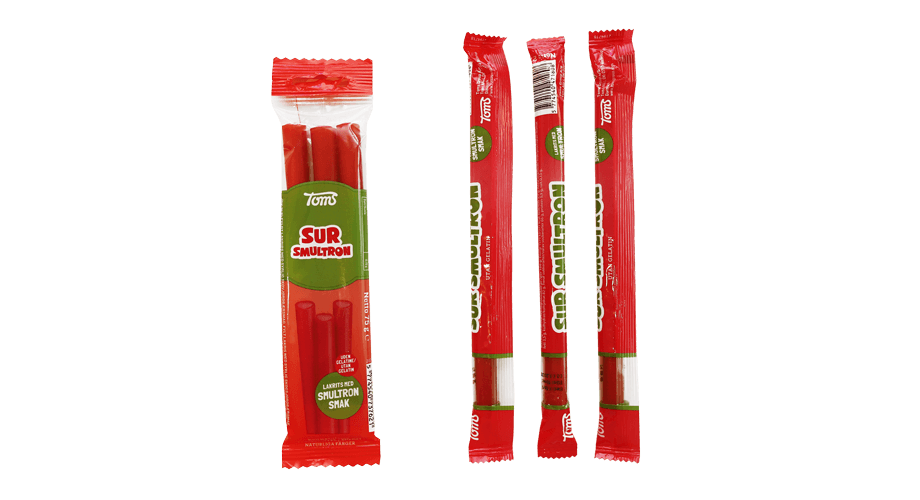
How?
Minimize the use of packaging materials
Only use the amount of packaging material necessary for the packaging to serve its purpose. Avoid excess material that doesn’t contribute to the product’s protection or function.
Pack in larger units
By choosing larger packaging instead of multiple small ones, you not only reduce waste but also improve the efficiency of handling the packaging when it becomes waste.
Limit the number of material types
Using fewer types of materials in the packaging design not only simplifies recycling but also reduces the risk of incorrect sorting.
Reduce overpacking
Why is it important?
Higher demands and stricter regulations in both Sweden and the EU require a reduction in the amount of packaging to promote a circular economy.
The unnecessary use of packaging materials increases the risk of littering, which can lead to packaging ending up in nature or the ocean, potentially harming wildlife and the environment.
Overpacking also involves the unnecessary use of resources such as raw materials, energy, and water during production. Reducing packaging material decreases the overall environmental impact of production.
Reducing packaging quantities can also lead to cost savings through lower material and production costs, as well as more efficient handling.





